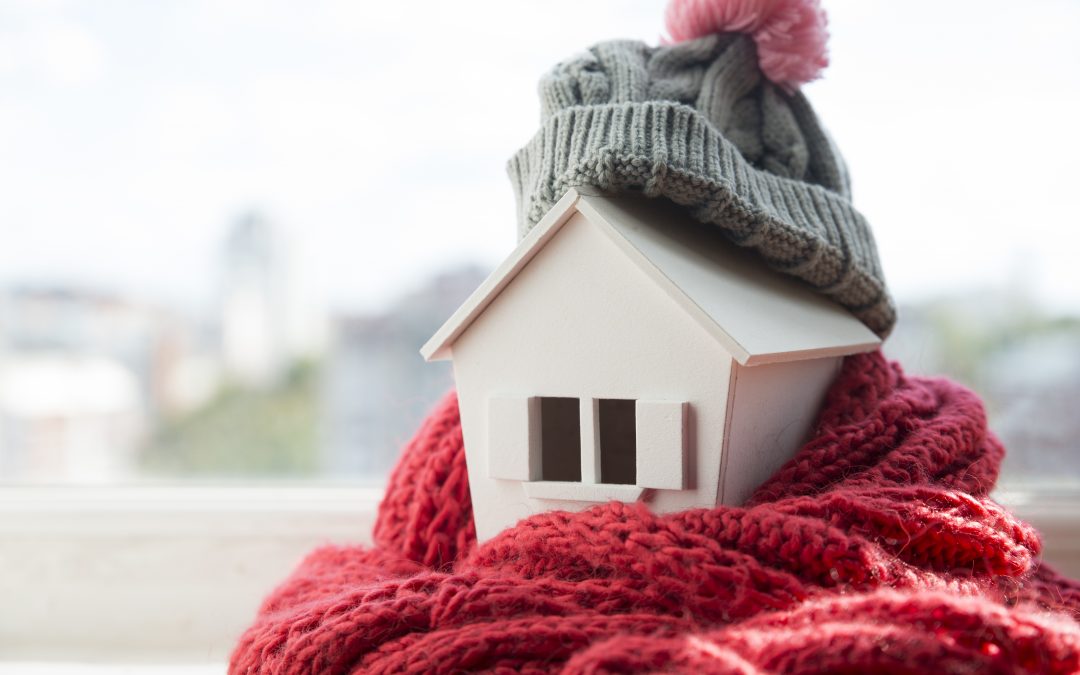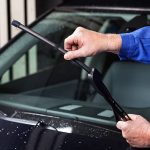Introduction
Many people winterize their homes to prepare their property for the cold weather. According to Mark Roemer, winterizing your home is extremely important as it defends your property against damage due to cold and allows it to withstand the harsh temperatures. Frozen or burst pipes can be costly to repair or replace but can be dangerous as well. So, it is necessary to properly winterize your home.
Tips & Tricks
Here are some tips you can follow to properly winterize your home:
- Install storm windows – If your house has single-pane windows, it can get very cold during the winter and attract a lot of moisture to form condensation. This can not only result in a hazy view but also make the indoor feel cold and draft.
To solve this problem, you can mount exterior or interior storm windows on the existing window surface. Storm windows provide an additional layer of protection against the cold, wind, snow, and rain. Plus, it will reduce condensation and heat loss through the window surface. You can unmount the storm windows during spring and keep it safe for the next winter.
- Caulk cracks, gaps, and openings – Most houses have windows and doors that have small cracks or openings around their endings. These gaps or openings can cause the heat inside to radiate outside and allow the outside cold air to enter your home. Thus, it can drop the temperature inside your home and raise your heating costs.
Inspect for any cracks, openings, or gaps around your house both from the inside and the exterior of your house. Check doors, windows, junctures along walls, ceilings, baseboards, etc. If you spot a hole or open seam, use an expanding-foam sealant, caulk, adhesive weather-stripping, or a high-quality acrylic-latex to fill them to prevent the leaking of air.
- Weather-strip your doors or install draft blockers – If your doors have weather stripping installed, make sure these are in good condition and not crushed, ripped, missing. If the weather stripping is not in good condition, you must replace them as soon as possible. It is also a good idea to check the condition of drafty doors such as doors that lead to the garage, basement, or outside.
Take a peek under these doors to check whether the air is leaking, or you can see the sun shining from the outside. If there are gaps, you can use draft blockers to prevent the cold air outside from entering your home. This also helps to keep the thermostat readings accurate.
- Insulate hot-water pipes – By insulating the hot-water pipes in your home, you can prevent heat loss and save both money and energy. If the hot-water pipes are not insulated properly, the water heater will have to work harder to heat the water and keep it hot. This will not only take more time but waste a lot of energy and also raise the electricity bill.
To insulate the hot-water pipes, you can either wind insulated wraps around the pipes, or slip foam-rubber sleeves onto the pipe.
Conclusion
Mark Roemer suggests you install a programmable thermostat if you have a central air conditioning system in your home. You can adjust the programmable thermostat to turn on the heating system automatically during a certain period of the day. This is incredibly useful if you want to match it with your work schedule.






